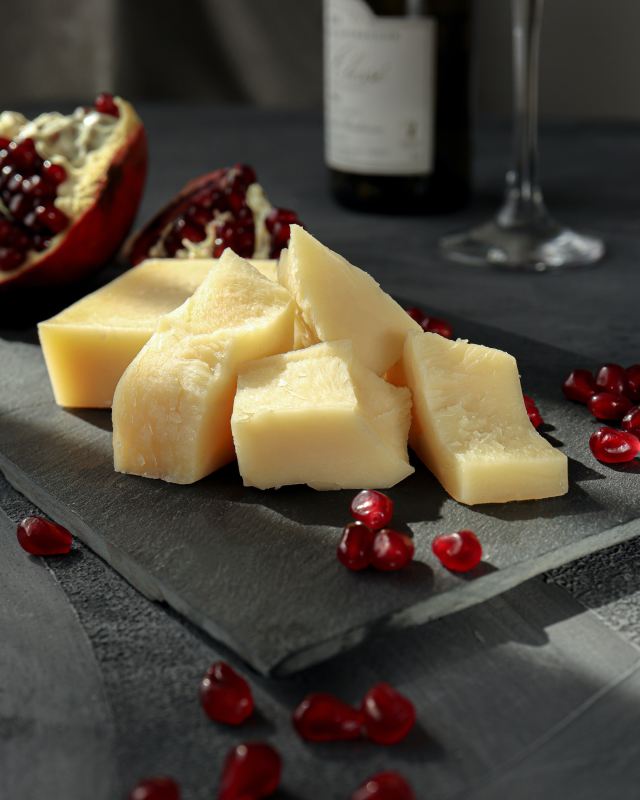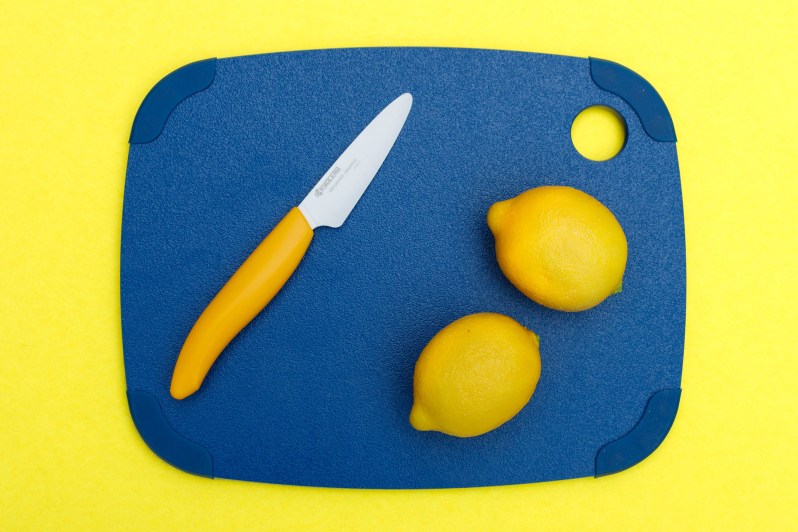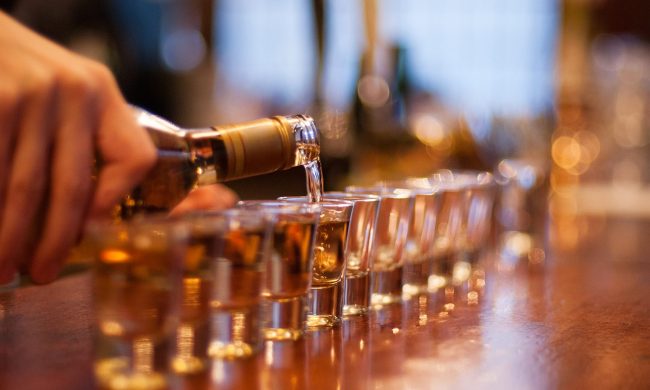
Shopping for kitchen gadgets and products is not as simple as it once was — leaving consumers questioning what to buy. Just like non-toxic cooking pans free of Teflon are rising in popularity, avid at-home cooks are also beginning to question the components of other commonly used cooking surfaces like cutting boards. While we’d like to believe all cutting boards are created equal, research shows they’re quite different.
In this guide, we’ll break down each of the most common types of cutting boards on the market and explain which type of cutting board is the smartest choice for your health.

Plastic cutting boards
The most commonly used material for manufacturing cutting boards is plastic, but why? There are a few answers to this question. First and foremost, plastic cutting boards are cheap to manufacture and come in many sizes, colors, and designs. From a consumer’s perspective, they’re attractive not only for their price but also because they are durable and can be easily washed and sanitized. In addition, the lightweight and dishwasher-friendly design of plastic cutting boards makes them attractive for home use too.
Despite all of these advantages, plastic cutting boards are the worst option you can buy in terms of health and safety. According to the American Chemical Society, plastic cutting boards often contain two chemicals known as polypropylene and polyethylene. When you chop or slice food on a plastic cutting board, very small, nano or micro-sized pieces of plastic can actually break off and make their way into your food. If you look at any plastic cutting board you have, you might even see plastic hanging off of slash or groove marks from normal usage.
Although you’re unlikely to notice microplastics that make their way into your food, these microplastics can still have harmful effects on your health. Some research suggests that exposure to microplastics can cause harmful disruptions to your body’s endocrine system.

Softwood cutting boards
Softwood cutting boards, such as those made from pine or cedar, are also a popular option for cutting boards. These boards are easy to work with and fairly lightweight and affordable. Softwood cutting boards also resist marks and scratches well, which helps them to maintain a clean, fresh appearance. While this is a great option to help you avoid microplastic exposure, softwood cutting boards do require maintenance to keep them safe to use.
Due to the porous nature of softwood, these boards need to be washed regularly and thoroughly with warm, soapy water to prevent the growth of bacteria. It is recommended to wash these by hand, as the dishwasher does not provide enough scrubbing to get into the porous material of softwood cutting boards.

Bamboo cutting boards
Softwood cutting boards are a solid option, but bamboo cutting boards are the best choice for a safe and healthy cooking surface. Unlike softwoods, bamboo is a harder wood that creates a non-porous surface to cut food. The durability of bamboo helps it resist knicks and scratches while also being more bacteria-resistant than softwood. The natural material of bamboo is water-repellant, which helps limit bacteria growth and keeps them in pristine condition, too. To safely clean a bamboo cutting board, simply use warm soapy water and dry thoroughly.
Not only is bamboo the best cutting board option in terms of health, but it’s also an eco-friendly choice you can feel good about. Bamboo is a sustainable and natural resource that is grown without pesticides or chemical fertilizers. To keep your bamboo cutting boards looking great, you’ll need to oil them at least once per month to prevent warping and dryness. If you own a cast-iron pan, you’re likely already familiar with this “seasoning” process.
If you’re a pro-chef, there is one downside of bamboo cutting boards to be aware of. The hard, durable nature of bamboo is great for holding up, but it will cause your knives to become duller over time. For most average home cooks, this is generally not even noticeable (and can be fixed with a knife sharpener). Bamboo is also not quite as lightweight as a plastic cutting board, but it’s surely worth it for a safer, healthier cooking prep surface.

Shopping for the best cutting board
If you’ve noticed cuts in your plastic cutting board, it’s time to replace it with a safer bamboo cutting board. Reducing your exposure to harmful chemicals found in plastic cutting boards is a simple yet important step to support your long-term health. As you shop for the best cutting board, be sure to do your research and purchase from a trusted, reputable brand.



